Crossing Paths with Margaret Wheatley
/Photo Credit: Craig Neal
Purpose Fellow, Margaret Wheatley
by Craig Neal
On Tuesday, I attended an amazing gathering with Margaret Wheatley and Barbara McAfee. Meg is a catalyst of new thought and profound action; Barbara is a cross-pollinator and joy-bringer.
Patricia and I created a traveling conversation with Meg back in 2002 and 2003 to support her newest book and its powerful premise that we are all change-makers. Turning to One Another: Simple Conversations to Restore Hope to the Future. On Tuesday, Meg spoke to her latest book: Who Do We Choose To Be? Facing Reality | Claiming Leadership | Restoring Sanity
Meg: “When Turning to One Anotherwas first published in 2002, I made a rash statement:
‘I believe we can change the world if we start listening to one another again.’ I still believe this. I still believe that if we turn to one another, if we begin talking with each other – especially with those we call stranger or enemy – then this world can reverse its darkening direction and change for the good. And I know with all my heart that the only way the world will change is if many more of us step forward, let go of our judgments, become curious about each other, and take the risk to begin a conversation.”
A poem by Meg that has been shared many times in our Art of Convening Training programs:
There is no power greater than a community discovering what it cares about.
Ask: “What’s possible?” not “What’s wrong?” Keep asking.
Notice what you care about.
Assume that many others share your dreams.
Be brave enough to start a conversation that matters.
Talk to people you know.
Talk to people you don’t know.
Talk to people you never talk to.
Be intrigued by the differences you hear.
Expect to be surprised.
Treasure curiosity more than certainty.
Invite in everybody who cares to work on what’s possible.
Acknowledge that everyone is an expert about something.
Know that creative solutions come from new connections.
Remember, you don’t fear people whose story you know.
Real listening always brings people closer together.
Trust that meaningful conversations can change your world.
Rely on human goodness. Stay together.
Thank you, Meg and Barbara, for a great gathering and even better conversation. Conversation and engagement with one another creates a community of purpose and provides a way to grow with one another. Take advantage of this weekend and engage with those around you!







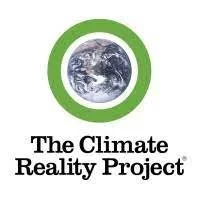





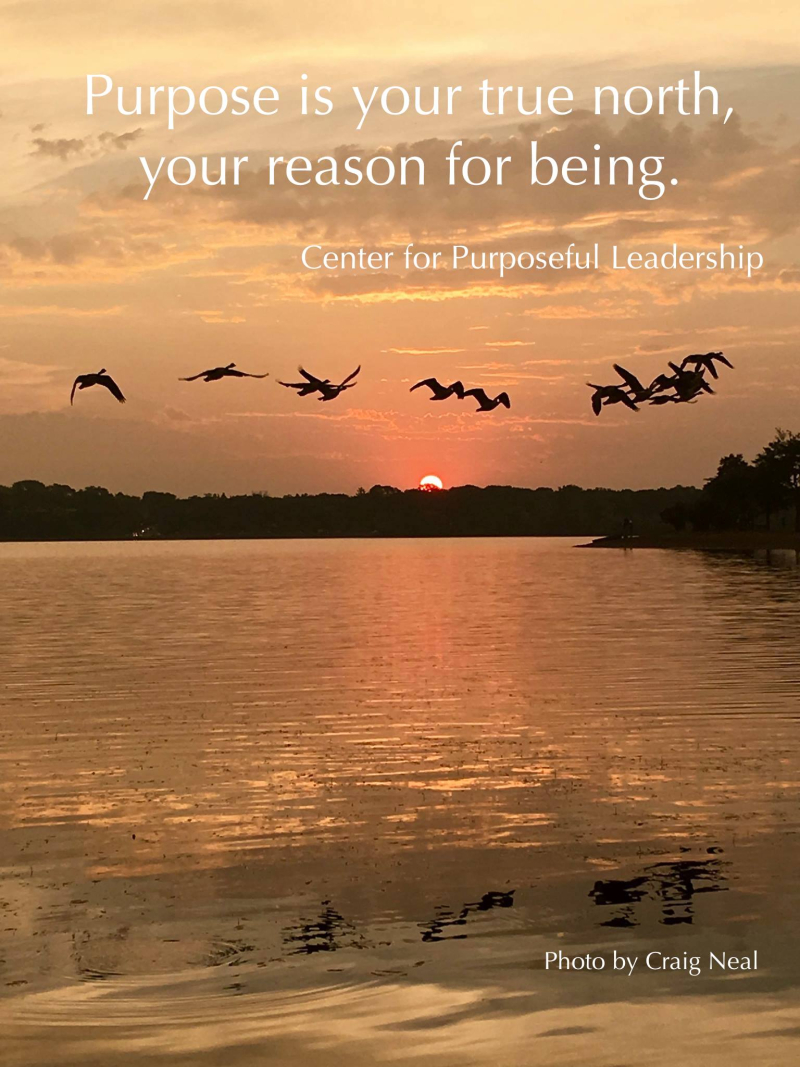



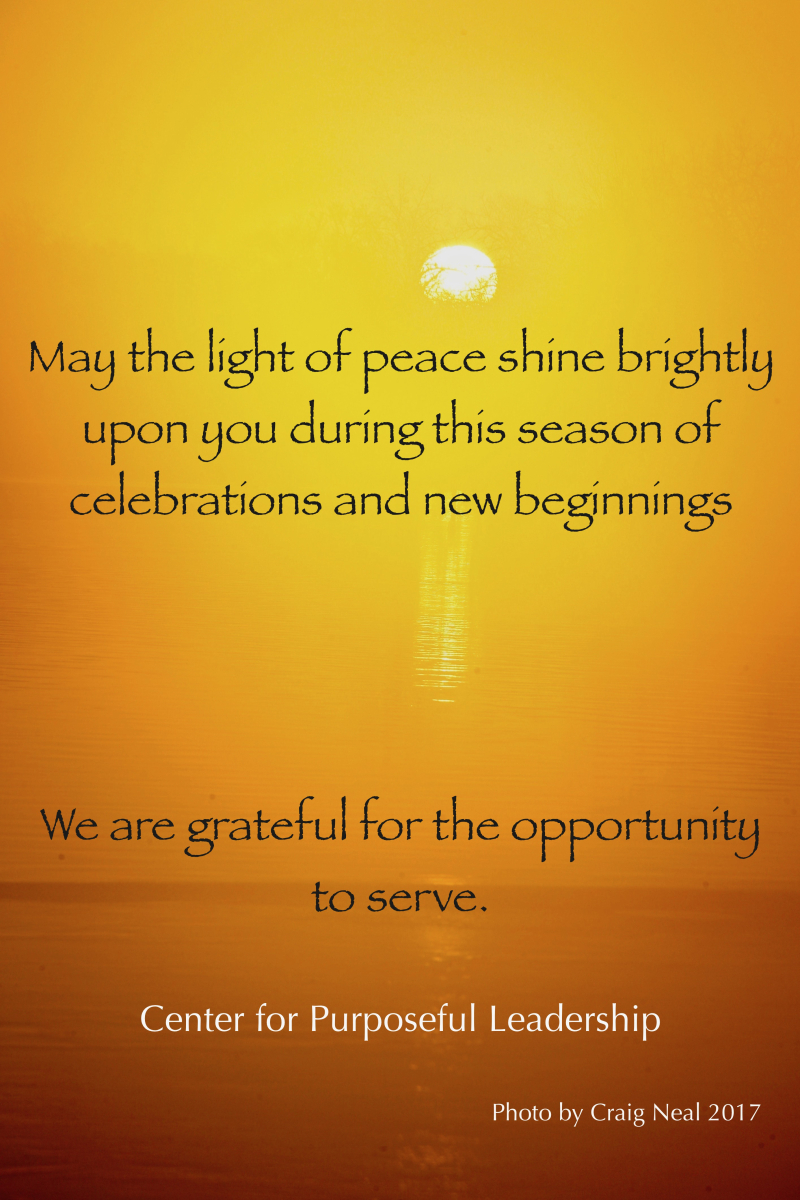



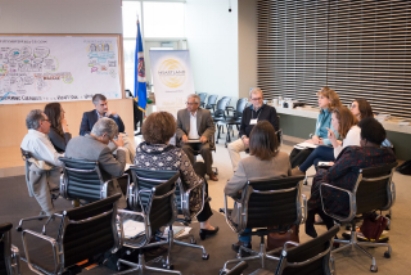


![[Hearth] Voices from Ukraine: Part 2](https://images.squarespace-cdn.com/content/v1/58a4e3be9de4bb98b066fd6f/1647955546471-VUGA4FCGFEUYJ29TEQVA/sunforest-mix-sunflower-types-1586794598.jpeg)

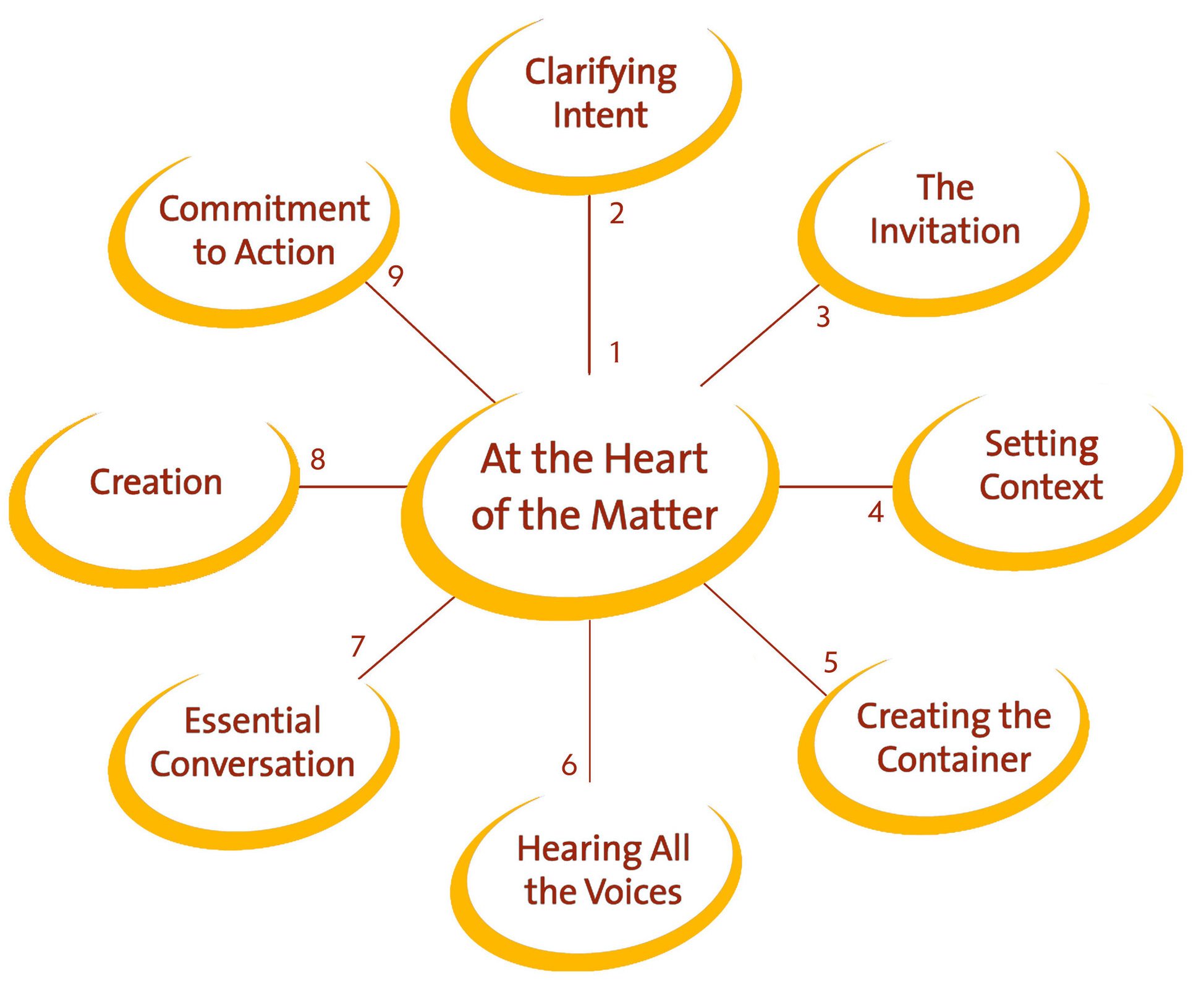

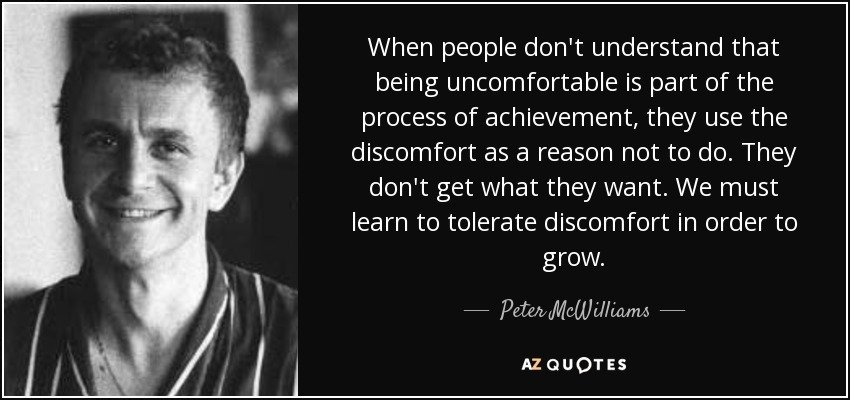




















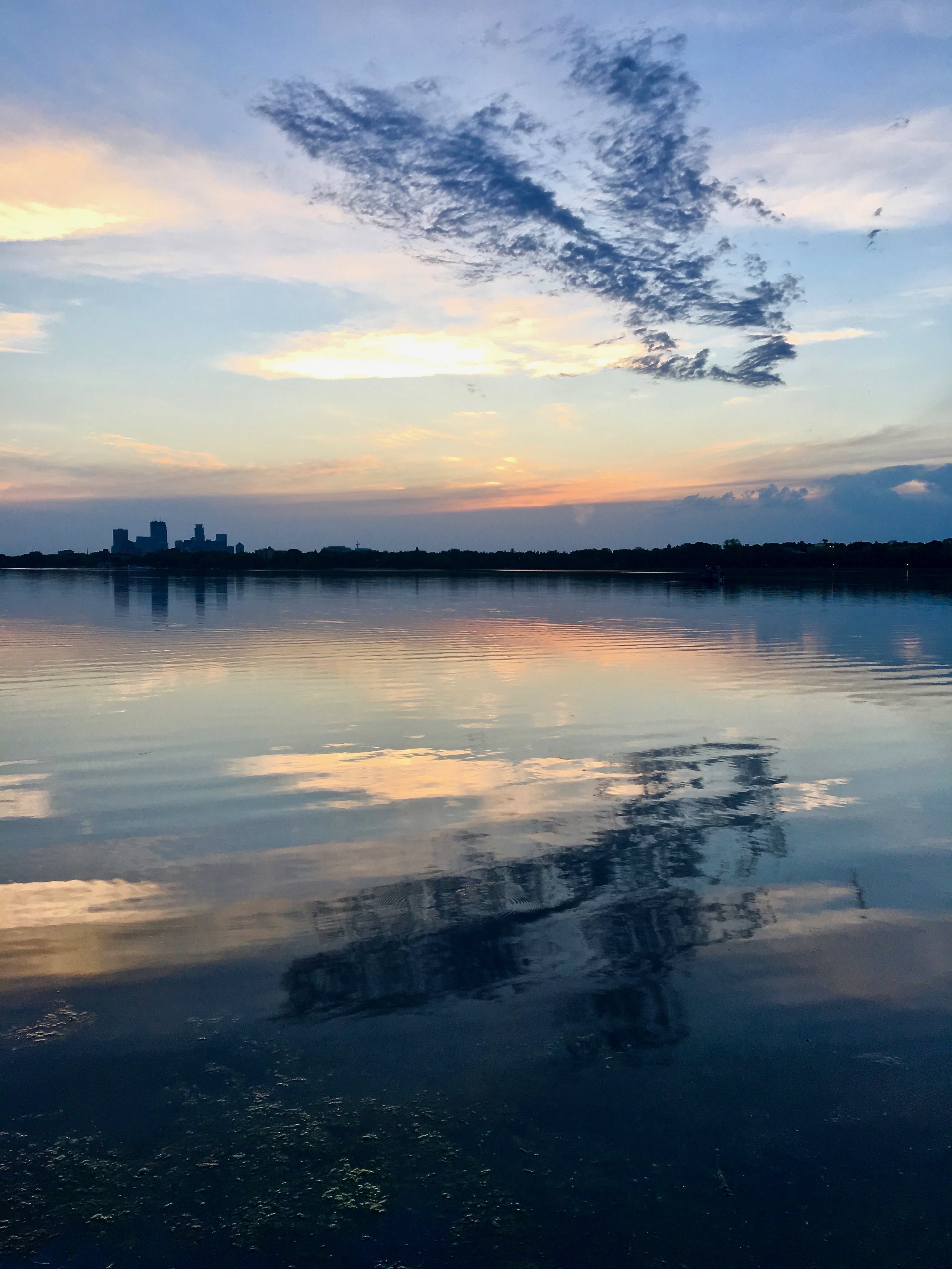














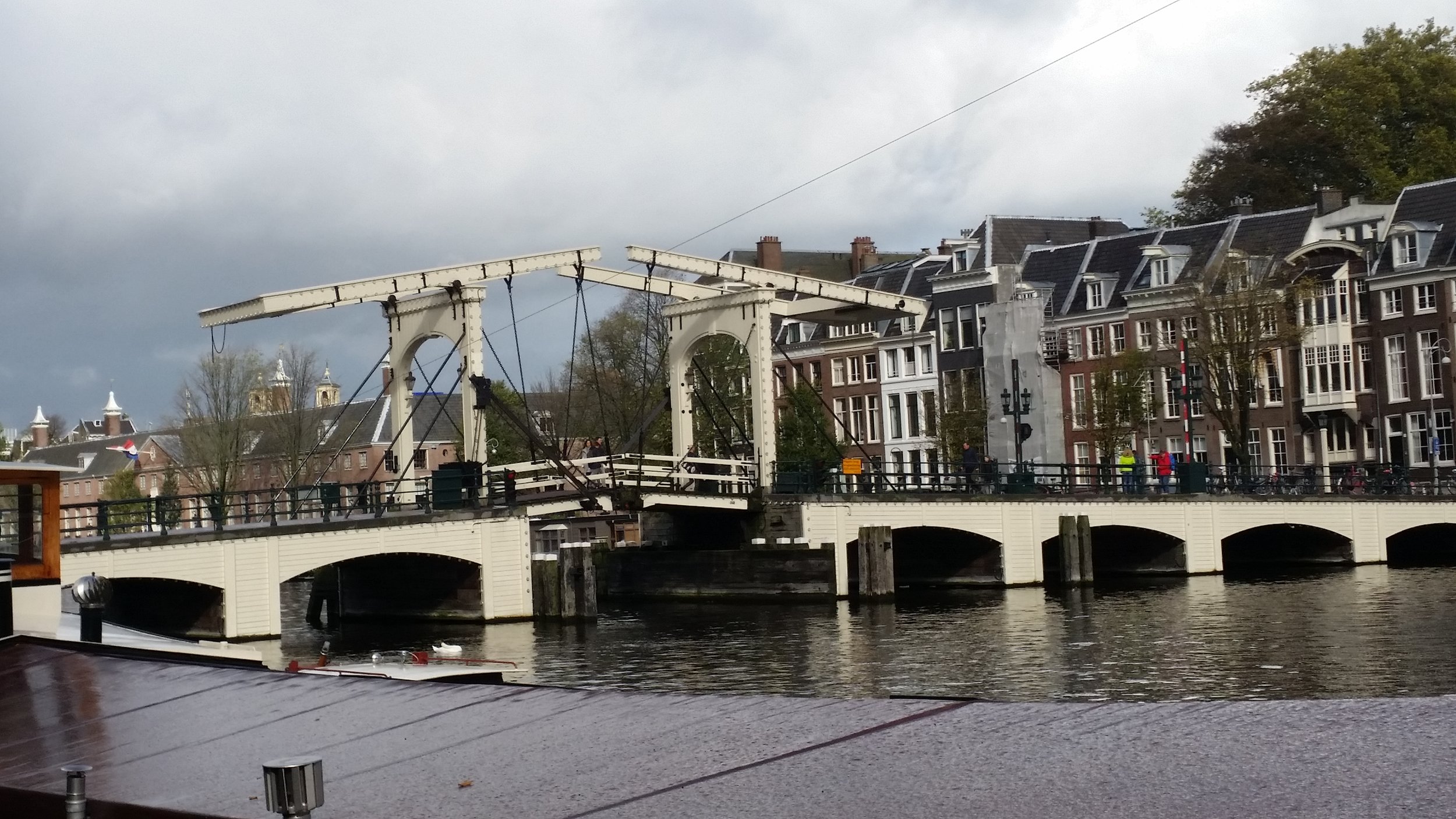



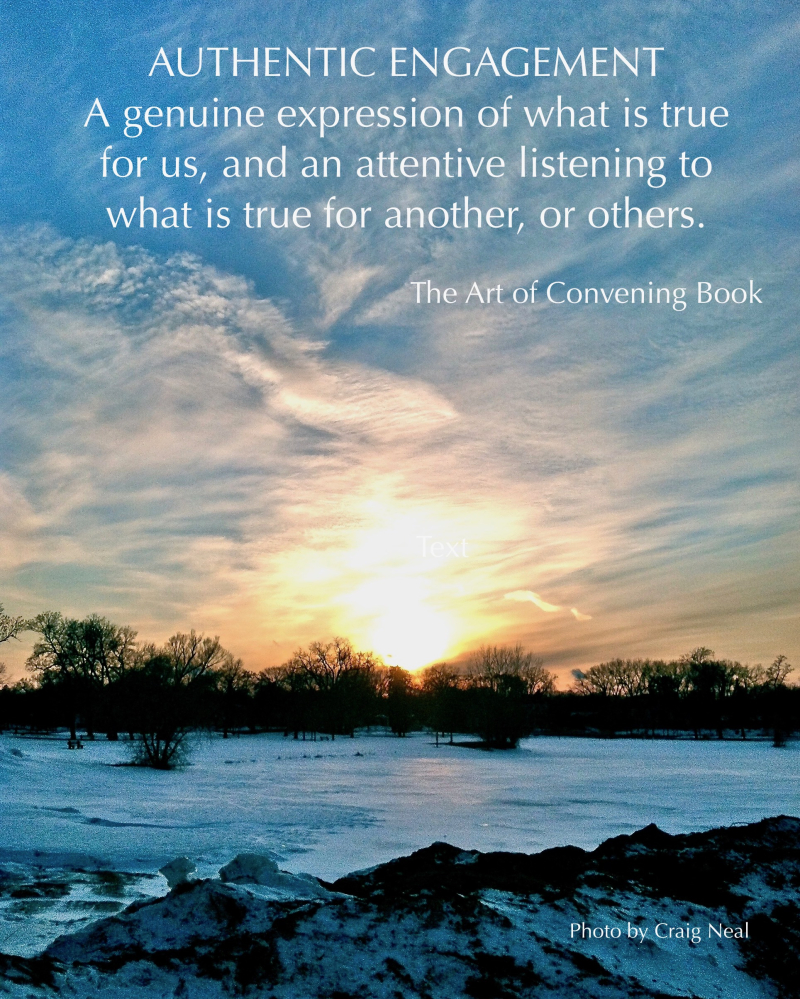
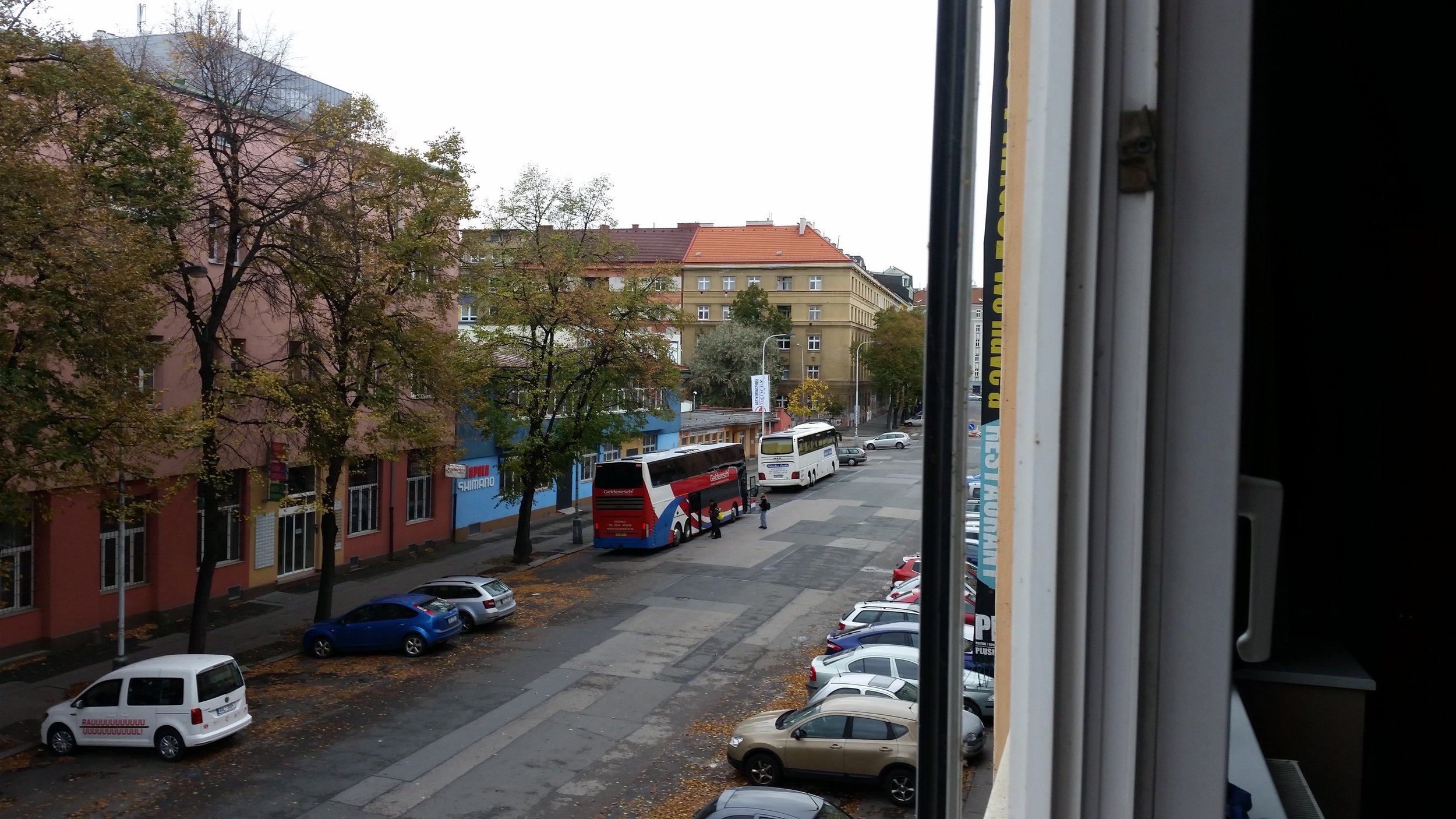



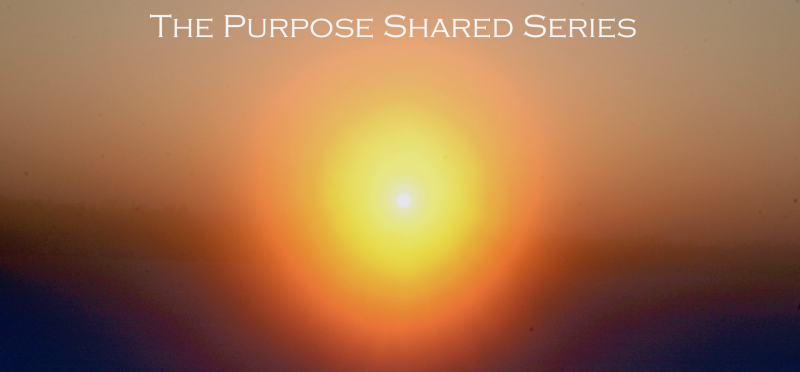
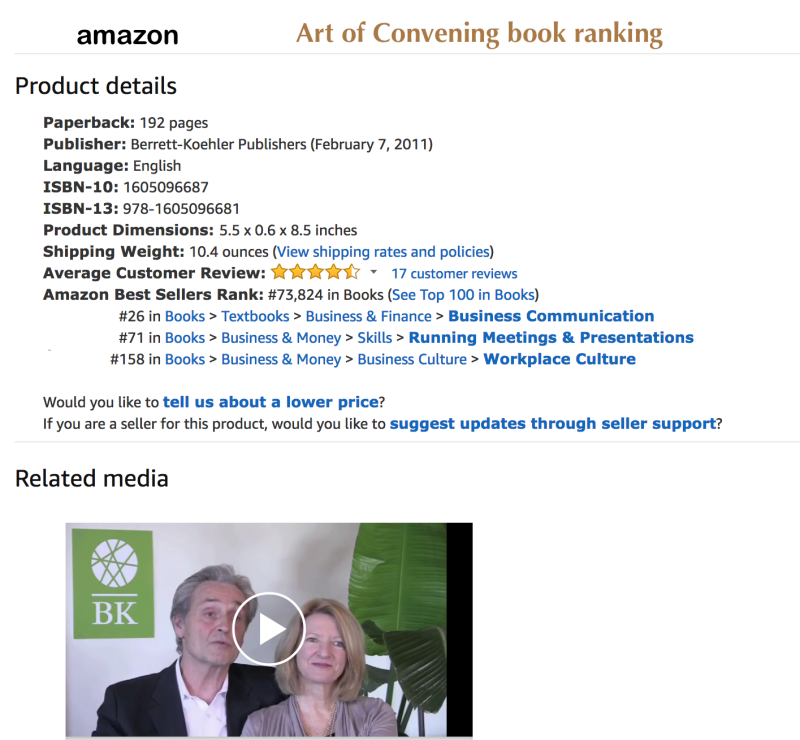







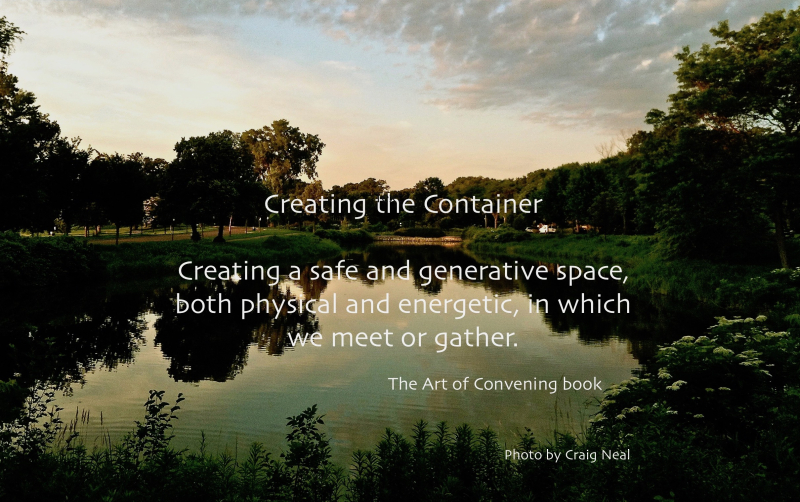













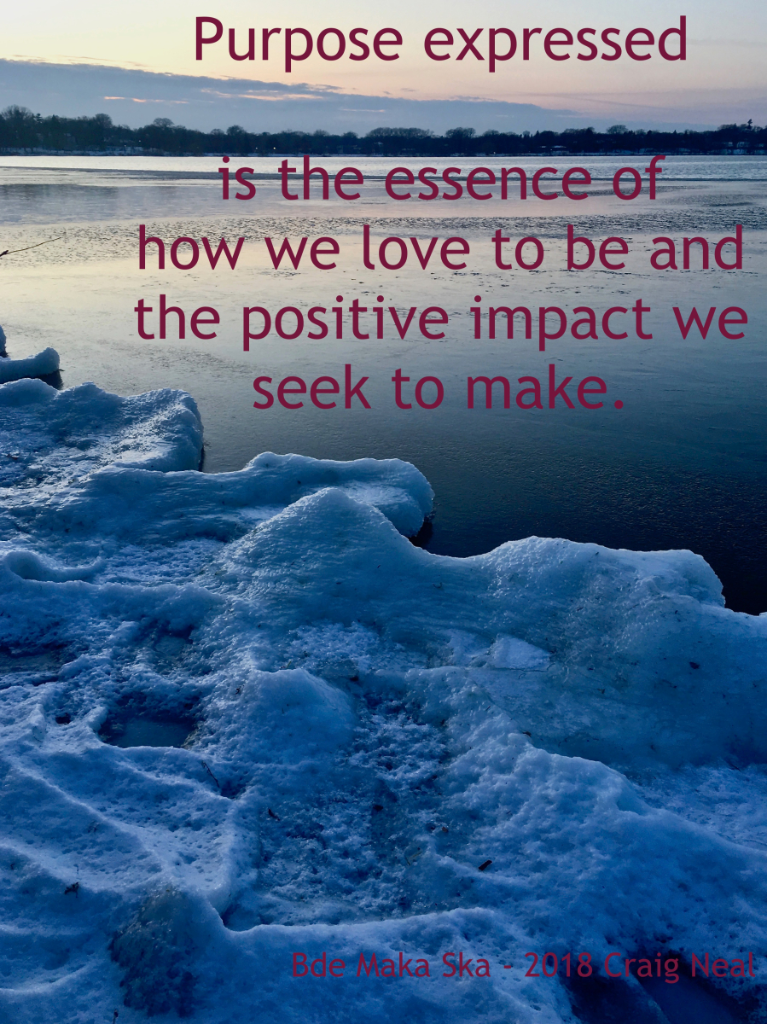
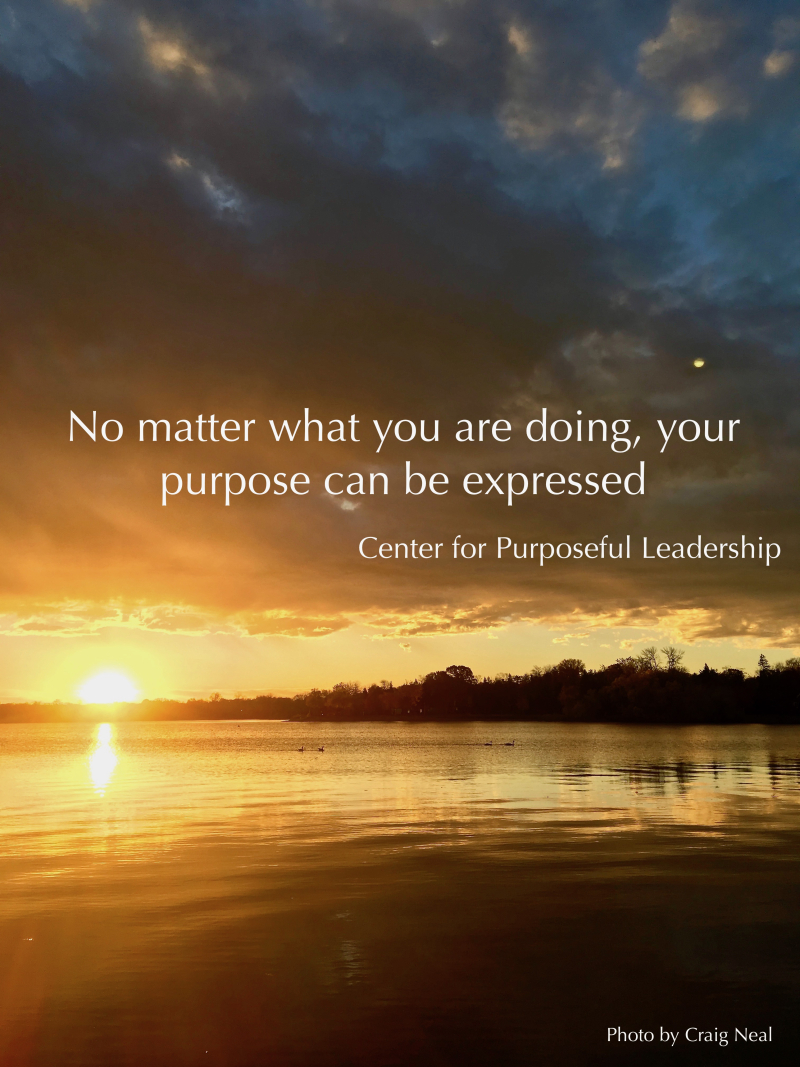












…this idea of worthiness, that struggle we go through as a nation, happens all the time.
Edward Dugger III, president of Reinventure Capital and an early pioneer in impact investing, explores the intersection between the venture capital community and racial equity.